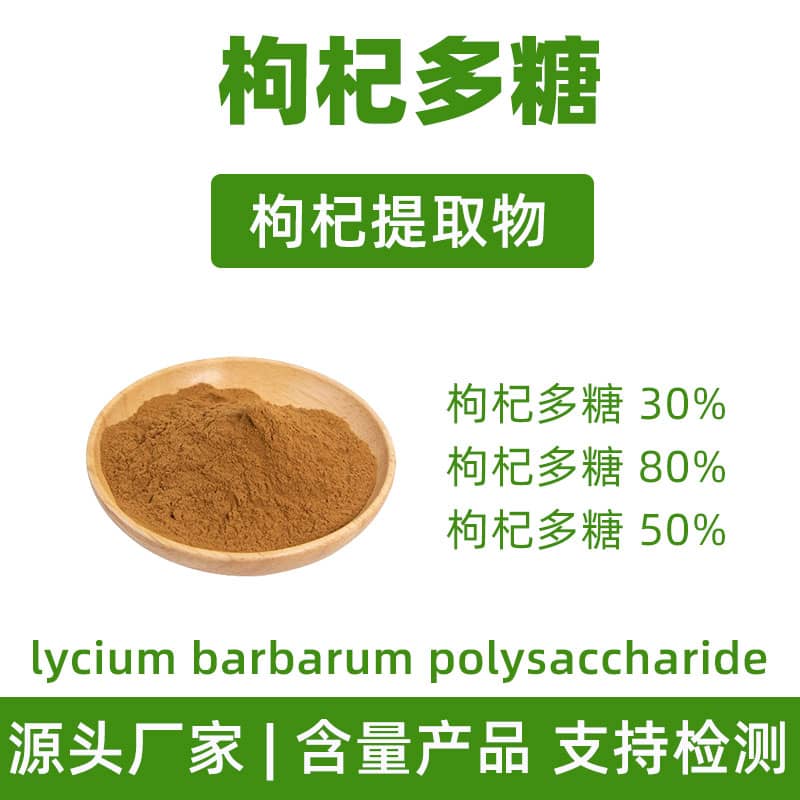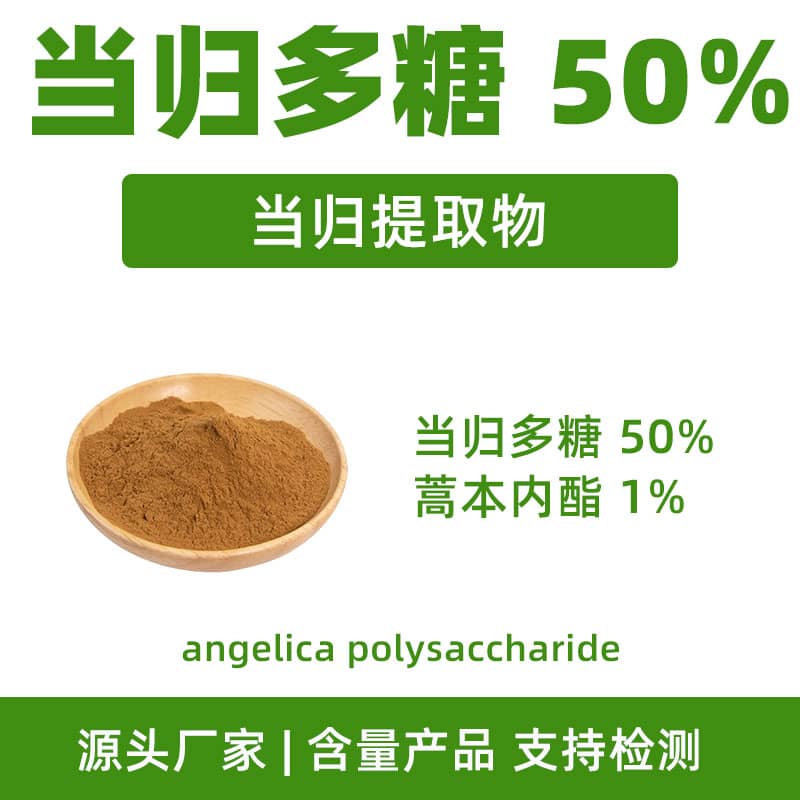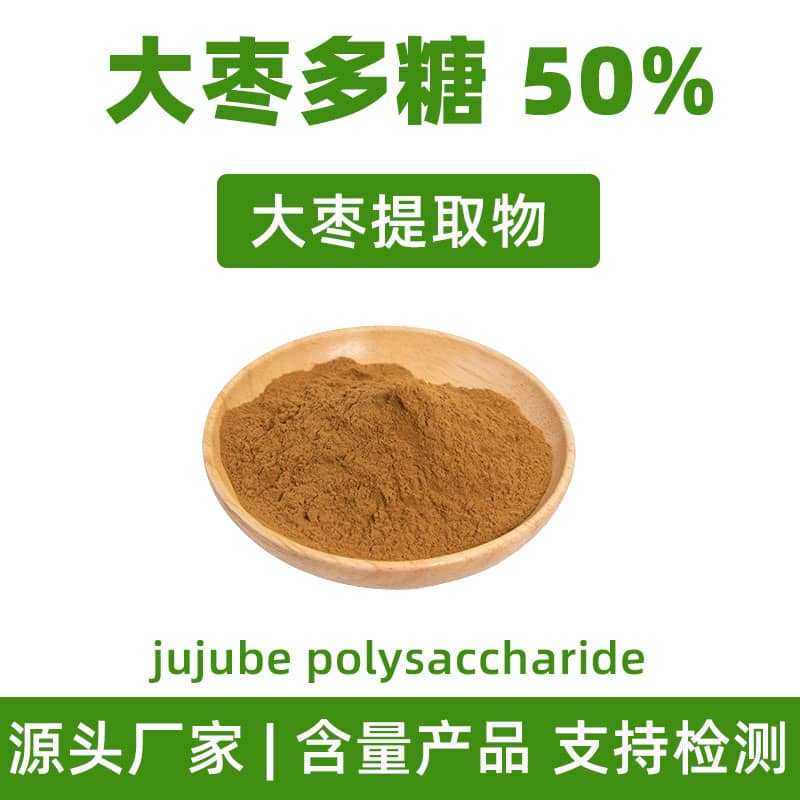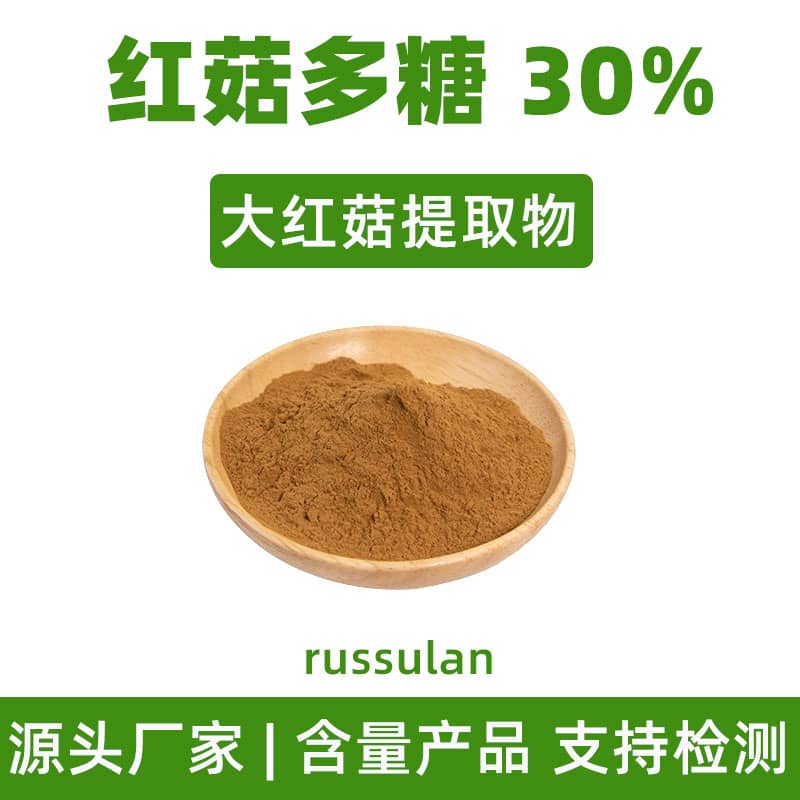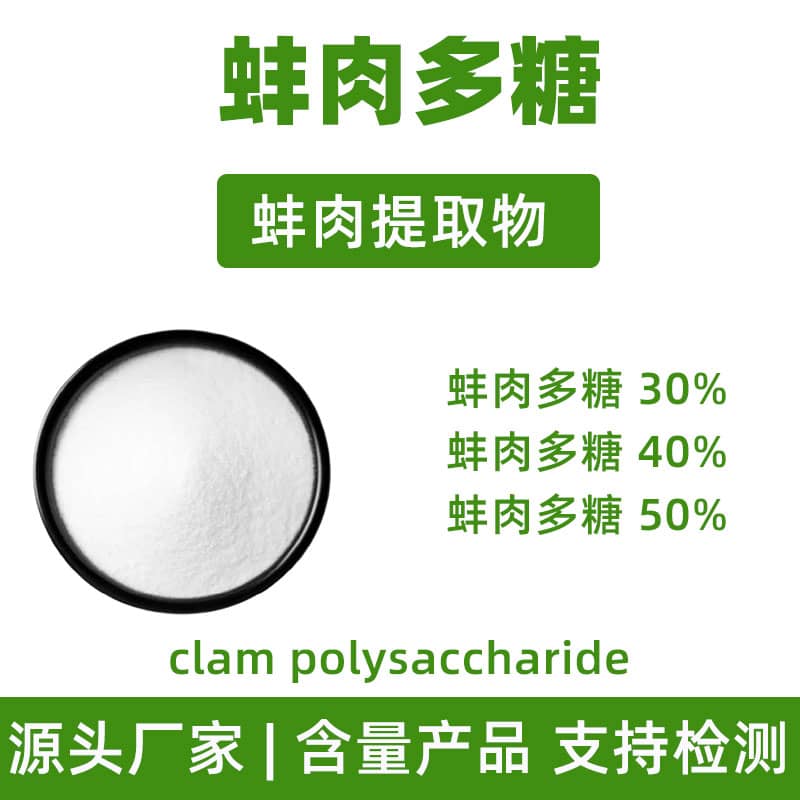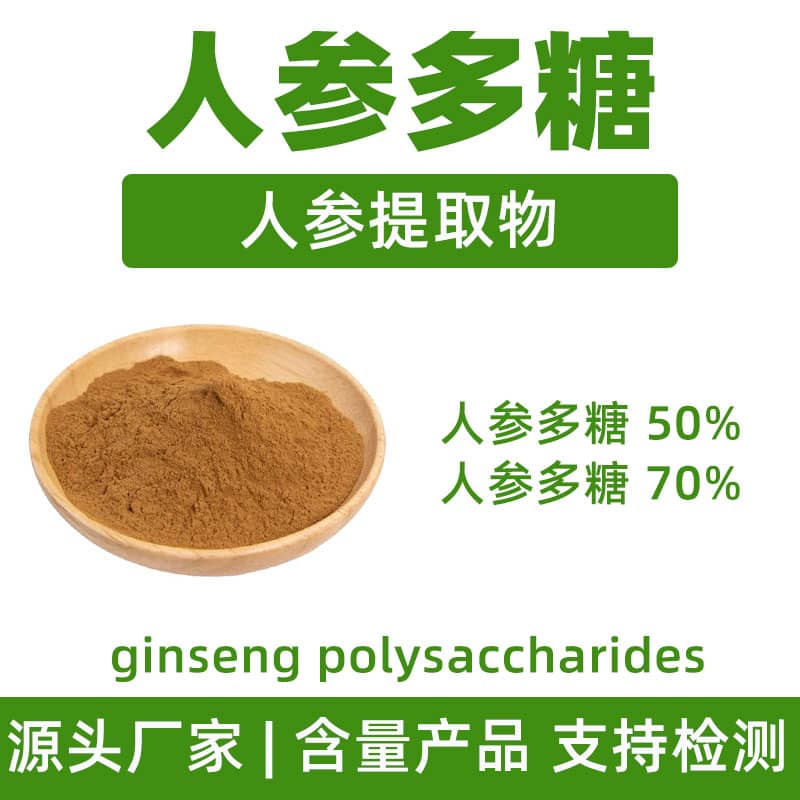Fucoidan Product Introduction
Fucoidan is an active ingredient extracted from kelp (Laminaria japonica), mainly containing Fucoidan. Fucoidan is a natural polysaccharide with various physiological activities, usually appearing as a brownish-yellow powder. Its main component is fucoidan, a biologically active sulfated polysaccharide.
Main Ingredients: Fucoidan is the main component of kelp extract, with a high molecular weight and complex chemical structure. Its main functional components include fucoidan, sulfated polysaccharides, and other sugars.
Benefits: Fucoidan is believed to have multiple potential physiological functions, including supporting the immune system, antioxidant effects, and promoting cell health. It may also help maintain blood sugar levels, support digestive system health, and regulate lipid metabolism. Due to its high polysaccharide content, Fucoidan has broad application prospects in regulating physiological functions.
Application: This product is widely used in food additives and health supplements. In the food industry, Fucoidan is commonly used as a natural thickener and gelling agent. It is also used in functional foods to enhance the health value of products. In the health supplement field, Fucoidan is added to various health supplements to support immune function and overall health.
Usage: In food and health supplements, Fucoidan is usually added in powder form. The common dosage range is 0.5% to 2% (based on the final product), and the specific dosage depends on the formula and expected function of the specific product. The dosage may vary depending on the application field.
Storage: This product should be stored in a dry, cool environment, away from high temperatures and humidity. It should be kept sealed to prevent moisture absorption and contamination, thereby ensuring its stability and effectiveness.
Fucoidan Product Production Process
The production process of Fucoidan involves extracting and concentrating Fucoidan from kelp. The following are the typical production process steps of this product:
- Raw Material Preparation: Select high-quality kelp (Laminaria japonica) as the raw material. Kelp usually needs to be washed and cut to remove surface impurities and unnecessary parts to ensure the purity of the raw material.
- Preliminary Extraction: Put the processed kelp into the extraction equipment, add an appropriate amount of water, heat and soak to dissolve the soluble components in the kelp. Common extraction methods include hot water extraction. Extraction time and temperature are adjusted according to specific process requirements.
- Filtration: The extraction liquid is filtered to remove insoluble impurities and residues. Filtration usually uses industrial filters or centrifuges to ensure a clear liquid extract.
- Concentration: Concentrate the filtered extract to increase the concentration of Fucoidan. Concentration can be achieved through evaporation, membrane separation, or other concentration technologies, usually using multi-effect evaporators or reverse osmosis equipment.
- Precipitation and Separation: The concentrated liquid is precipitated to separate Fucoidan from the liquid. Precipitation can be achieved by adjusting the pH value or adding precipitants. After precipitation, centrifugation or filtration is used to further separate Fucoidan.
- Drying: Dry the separated Fucoidan wet paste, usually using a spray dryer or freeze dryer to obtain the final Fucoidan powder. The drying process needs to control temperature and humidity to maintain the stability and effectiveness of Fucoidan.
- Grinding and Sieving: The dried Fucoidan powder is ground and sieved to adjust to the required particle size range. This step ensures the uniformity and flowability of the product.
- Quality Inspection: Conduct quality inspection on the final product, including Fucoidan content, purity, particle size distribution, and other indicators to ensure compliance with standard requirements.
- Packaging and Storage: Package the qualified Fucoidan powder, usually using sealed bags or containers to prevent moisture and contamination. The storage environment should be kept dry and cool, and avoid direct sunlight.
These steps ensure the high quality and stability of kelp extract Fucoidan while meeting market demand.
Fucoidan Efficacy, Functions, and Side Effects
Fucoidan is a polysaccharide substance extracted from kelp (Laminaria japonica) with a series of biological activities and health benefits. The following is a detailed introduction to its main efficacy, functions, and potential side effects:
Efficacy and Functions
- Antioxidant Effect:
- Fucoidan has significant antioxidant capacity and can help neutralize free radicals in the body, slowing down the aging process of cells. By reducing oxidative stress, Fucoidan may have a positive impact on overall health and help protect cells from oxidative damage.
- Immune Regulation:
- Fucoidan can enhance the function of the immune system and promote the activity of immune cells, such as macrophages and T cells. Studies have shown that it can enhance the body's defense against external pathogens and help improve the body's immune response.
- Anti-inflammatory Effect:
- Fucoidan has anti-inflammatory properties and can inhibit inflammatory responses. By reducing the release of inflammatory mediators and inhibiting the activity of inflammatory factors, it can help alleviate symptoms and discomfort caused by chronic inflammation.
- Lipid-lowering Effect:
- Fucoidan can help lower cholesterol levels in the blood and promote lipid metabolism. By regulating blood lipid levels, it may help reduce the risk of cardiovascular disease.
- Promote Digestive Health:
- As an important component of dietary fiber, Fucoidan can promote intestinal peristalsis and improve digestive system health. It helps prevent constipation and improve the balance of intestinal flora.
- Moisturizing and Skin Care:
- In the field of cosmetics, Fucoidan is commonly used as a moisturizer to help maintain skin moisture. It can form a protective film on the skin surface, reduce moisture loss, and keep the skin soft and smooth.
- Anti-tumor Effect:
- Studies have found that Fucoidan exhibits certain anti-tumor activity in vitro experiments. It may play a role in promoting cancer cell apoptosis and inhibiting tumor growth, but these effects need further clinical research confirmation.
Side Effects
- Allergic Reactions:
- Although Fucoidan is generally considered safe, some individuals may have allergic reactions to kelp extract or its components. Allergic symptoms may include rash, itching, redness, etc. If these symptoms occur, stop using immediately and consult a medical professional.
- Gastrointestinal Discomfort:
- Some people may experience gastrointestinal discomfort after ingesting Fucoidan, such as bloating, gas accumulation, or diarrhea. These side effects are usually mild and gradually disappear as the body adapts.
- Interactions:
- Fucoidan may interact with certain drugs, especially those that affect blood sugar or blood lipid levels. If you are taking other medications while using Fucoidan supplements, it is recommended to consult a doctor or pharmacist.
Summary
Fucoidan has multiple health benefits, including antioxidant, immune regulation, anti-inflammatory, lipid-lowering, promoting digestive health, and moisturizing in cosmetics. Although it is generally considered safe, side effects such as allergic reactions and gastrointestinal discomfort should be noted when using it. To ensure safety, it is recommended to consult a medical professional before use, especially when related to other drugs or health conditions.
Fucoidan Application Scenarios and Usage Dosage
Fucoidan has a wide range of applications in the fields of medicine, food, and cosmetics. The following is a detailed introduction to the application scenarios, usage, and dosage of this product in these fields:
Medical Field
- Immune System Support:
- The immune regulatory effect of Fucoidan makes it a key component of immune system health supplements. In the medical field, it is commonly used in supplements that enhance immune function. The typical usage is to provide Fucoidan in capsule or tablet form, with a daily dose usually between 200-500 mg, adjusted according to individual health status and needs.
- Anti-inflammatory and Antioxidant Supplements:
- Fucoidan has anti-inflammatory and antioxidant properties and is suitable for use as an auxiliary material for anti-inflammatory drugs or health supplements. In clinical practice, it can be added to various health supplements to help alleviate discomfort caused by inflammation. The recommended dosage is 500-1000 mg per day, and the specific dosage should be determined based on the doctor's advice.
- Intestinal Health Supplements:
- Since Fucoidan can promote intestinal peristalsis, it is commonly used in intestinal health supplements. It helps improve digestive system function and relieve constipation and other issues. The common usage is 500-1000 mg per day, taken in divided doses to improve effectiveness.
Food Field
- Functional Foods:
- Fucoidan can be used as an additive in functional foods to enhance the nutritional value of foods. It is often added to beverages, nutrition bars, energy foods, etc., to increase dietary fiber and antioxidant components. The concentration of Fucoidan added to food is usually 0.5%-2%, and the specific dosage depends on the type and formula of the food.
- Health Food Ingredients:
- In health foods, Fucoidan is used to improve the overall functionality of the product. For example, in weight loss foods, it can help promote lipid metabolism. In this application, the recommended dosage is usually within the range of 0.5%-1% to ensure the taste and effectiveness of the product reach the best balance.
Cosmetic Field
- Moisturizing Products:
- Due to its excellent moisturizing properties, Fucoidan is widely used in cosmetics, especially face creams, lotions, and face masks. It can form a protective layer on the skin surface, reduce moisture loss, and keep the skin moist. The common dosage is 0.5%-2% of the product formula, and the specific dosage depends on the type and effect requirements of the product.
- Anti-aging Cosmetics:
- Due to its antioxidant effect, Fucoidan is added to anti-aging skincare products, such as anti-wrinkle cream and firming lotion. It helps reduce the appearance of fine lines and wrinkles. The recommended dosage in these products is usually 0.5%-1% to ensure effectiveness and safety.
- Soothing Skincare Products:
- The anti-inflammatory properties of Fucoidan make it an important component of soothing skincare products. For example, it can be added to skincare products for sensitive skin to help reduce skin redness and irritation. Usually, the dosage of soothing products is 0.5%-1%, adjusted according to the specific product formula.
Summary
Fucoidan has a wide range of applications in the fields of medicine, food, and cosmetics. In the medical field, it is commonly used in immune system support, anti-inflammatory, and intestinal health supplements. In the food industry, it is used as a functional food additive and health food ingredient. In the cosmetic field, it is used in moisturizing, anti-aging, and soothing skincare products. The dosage and application method in each field are adjusted according to the product's needs and target effects to ensure safety and effectiveness. During use, it is recommended to follow the product instructions or professional guidance.
Fucoidan Source Plant Introduction, Distribution, and Growth Environment
Fucoidan Source Plant Introduction, Distribution, and Growth Environment
Source Plant Introduction
Fucoidan (Fucoidan) is mainly derived from kelp (Laminaria japonica) and other brown algae plants. Kelp is a marine algae, belonging to the brown algae class, widely distributed in the cold and temperate waters of the world's oceans. It is an important marine economic crop and is widely used in the food, medicine, and cosmetics industries. Kelp is valued for its rich nutritional components and bioactive substances, and Fucoidan is one of its main active ingredients.
Distribution
The natural distribution range of kelp covers the cold and temperate coastal areas of the North Pacific. It is mainly distributed in Japan, South Korea, the eastern coast of China, and the west coast of North America. Kelp grows well in the coastal intertidal zone and shallow sea areas of these regions, adapting to various conditions in the marine environment. Due to its adaptability to light, salinity, and water temperature, kelp can grow in different environmental conditions in these areas.
Growth Environment
1. Light Conditions:
Kelp is a photosynthetic plant that requires adequate light for photosynthesis. It usually grows in waters 15-30 meters deep, where the light penetration rate is higher, suitable for kelp photosynthesis. In an environment with suitable light conditions, kelp can grow rapidly and accumulate a large amount of nutritional components and bioactive substances, including Fucoidan.
2. Water Temperature:
Kelp has a strong adaptability to water temperature but grows best in the cold water environment of temperate seas. Generally, the ideal water temperature range for kelp growth is 5-20°C. Under this water temperature condition, kelp can maintain a good growth state and keep its nutritional components stable.
3. Salinity:
Kelp is a marine plant that adapts to a high salinity environment. It grows best in seawater with a salinity of 2.5-3.5%. This salinity condition enables kelp to carry out physiological activities effectively, including absorbing minerals and nutrients from seawater.
4. Water Flow:
Moderate water flow is also very important for kelp growth. Water flow can take away waste around kelp and provide sufficient nutrients at the same time. Too strong water flow may damage the structure of kelp, while too weak water flow may lead to malnutrition.
5. Substrate:
Kelp usually grows on hard seabed rocks and uses its attachment organs to fix itself on the substrate. Kelp's attachment organs can be tightly fixed on the seabed rocks to prevent it from being washed away by waves and water flow. The stability of the substrate is crucial for kelp growth.
6. Reproduction Method:
The main reproduction methods of kelp are sexual reproduction and asexual reproduction. Kelp spores will germinate and form new individuals under suitable environmental conditions. Its growth cycle is closely related to environmental factors such as temperature, light, and salinity.
Summary
Kelp (Laminaria japonica), as the main source of Fucoidan, grows in an environment with adequate light, suitable water temperature, moderate salinity, moderate water flow, and stable substrate. It is mainly distributed in the temperate and cold waters of the North Pacific, and these conditions jointly promote the healthy growth of kelp and the accumulation of Fucoidan. Understanding these growth environments is of great significance for efficient harvesting and utilization of active ingredients in kelp.
Fucoidan Processing and Storage
Fucoidan Processing and Storage
Processing:
The processing of kelp extract Fucoidan includes washing, drying, grinding, and extraction. First, select fresh kelp, wash it to remove impurities and saltiness. Then, dehydrate the kelp through drying (such as hot air drying or freeze drying) to obtain dried kelp powder. Next, use an appropriate solvent (such as water or dilute acid) for extraction to obtain a liquid extract containing Fucoidan. Finally, concentrate and filter the extract to remove insoluble substances and obtain high-purity Fucoidan powder.
Storage:
Fucoidan should be stored away from moisture and high temperatures to maintain its stability and activity. It is recommended to store the product in a dry, cool environment with a temperature controlled below 20°C and avoid direct exposure to sunlight. Use sealed containers for packaging to prevent moisture and contamination. Proper storage can effectively extend the shelf life of Fucoidan and maintain its biological activity and efficacy.
Monica Sun is a seasoned expert in the plant extraction industry with over a decade of experience in research and production. She specializes in the extraction and purification of plant active ingredients, focusing on driving innovation in natural product applications. Monica has participated in the development of multiple functional plant extracts, delivering high-value natural raw material solutions for the health food, pharmaceutical, and dietary supplement sectors.









